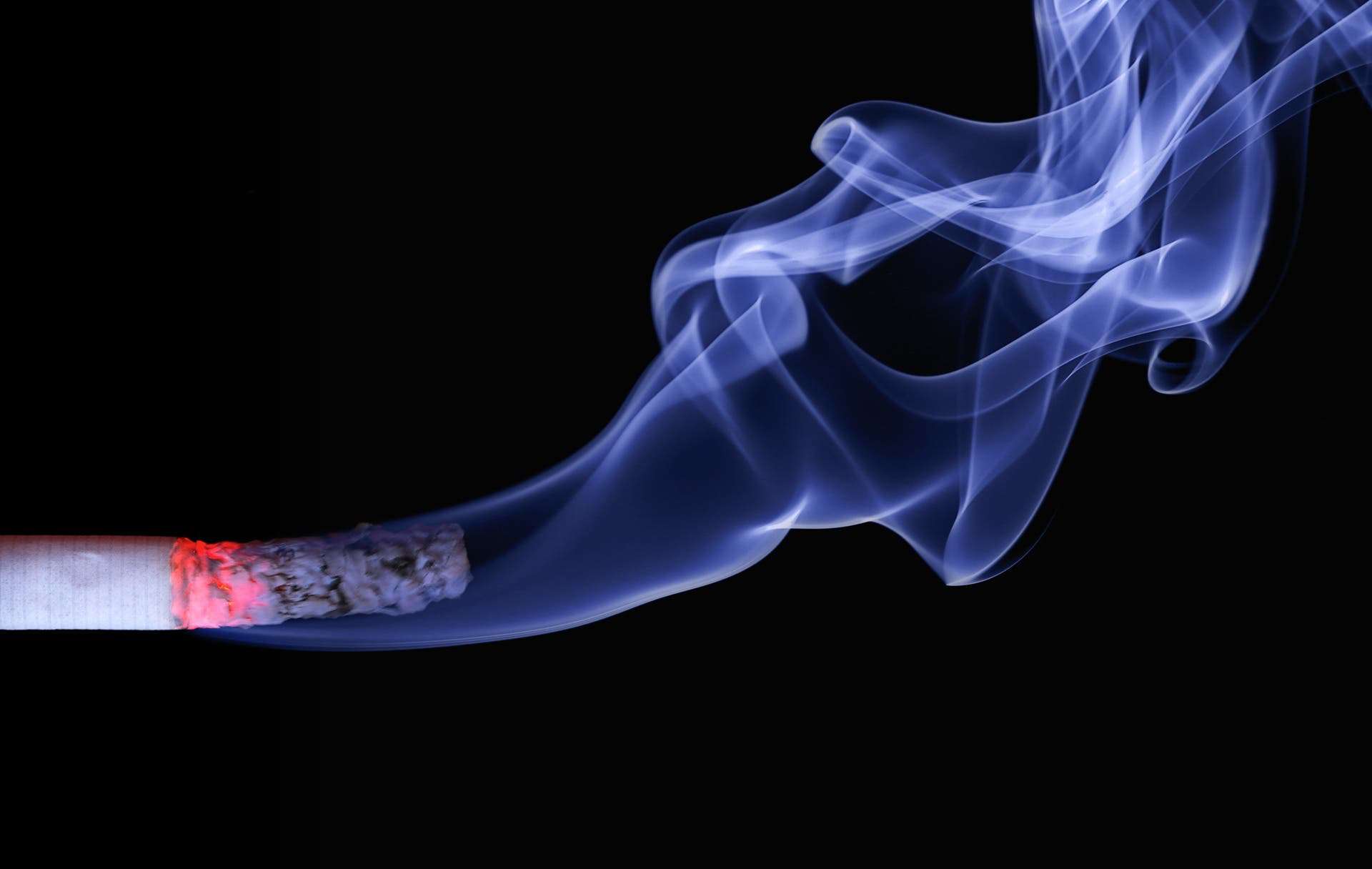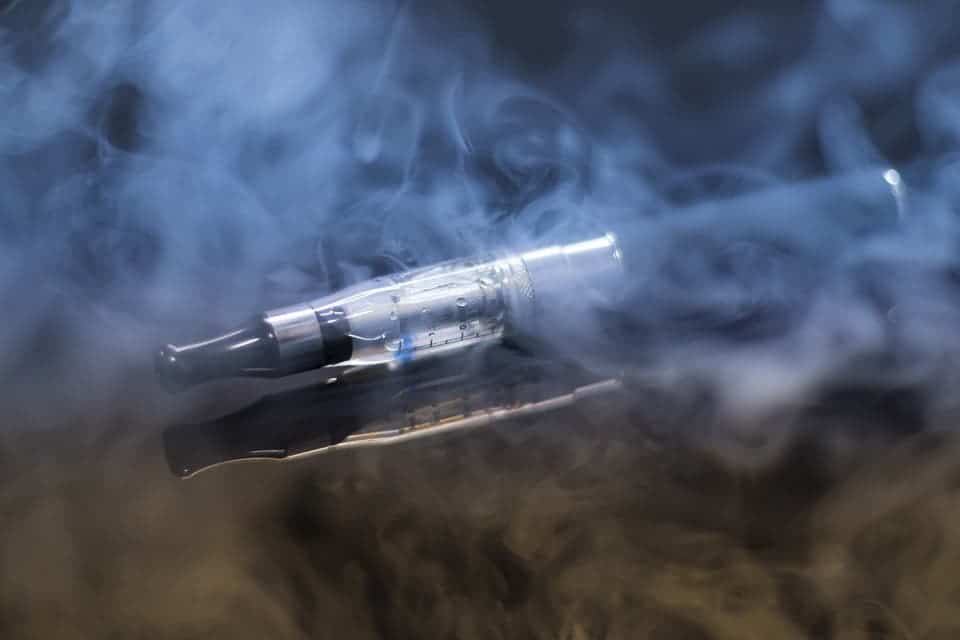The UK Department of Health (DH) and Public Health England (PHE) asked the Committees on toxicity, carcinogenicity, and mutagenicity of chemicals in food, consumer products, and the environment to assess the health risks of the novel heat-not-burn tobacco products. The results aren’t clear-cut.

The comparison between heat-not-burn tobacco and regular cigarettes shows that the amount of harmful and potentially harmful compounds (HPHCs) inhaled from heat-not-burn tobacco is lower than the amount of HPHCs breathed in from conventional cigarettes. The reduced percent of toxic compounds varies from 90 % to 50% for different substances.
The products were split into three categories:
1. processed tobacco is heated directly to produce vapor,
2. processed tobacco is designed to be heated in a vaporizer,
3. devices which produce vapor from non-tobacco sources, where the vapor is then passed over processed tobacco in order to flavor the vapor.
“The two products assessed by the Committees fall into the first and last of these groups, and as a result the temperature to which the tobacco is heated varies considerably between them. This may result in differences in the potential health outcomes. For one product, where the tobacco is heated directly, a maximum heating temperature of up to 350 °C was reported, while for the other product, in which the tobacco is heated by a vapour, the maximum temperature of the tobacco was reported to be less than 50 °C. For comparison, when tobacco in cigarettes is burnt it reaches temperatures of at least 800 °C,” reads the Statement on the toxicological evaluation of novel heat-not-burn tobacco products, published on December 4th, 2017.
The Committees also requested data from the manufacturers about the additional contaminants from the devices. The inquiry found no new harmful substances other than the ones encountered in regular cigarettes.
“In terms of environmental exposure to bystanders, indoor air following use of the heat-not-burn tobacco products has been assessed by both manufacturers, and compared with background and environments where conventional cigarettes (market brands) have been used. These assessments showed that while some of the measured components increased above background with the use of the heat-not-burn tobacco products, much greater increases occurred across all the measured components (volatile organic compounds, combustion related markers and tobacco smoke related markers including nicotine) following use of conventional cigarettes”, the report informs.
“A reduction in risk would be expected to be experienced by bystanders where smokers switch to heat-not-burn tobacco products,” the Committees relate.

Sadly, the data collected on heat-not-burn tobacco products is not sufficient enough to conclude if they are similar to e-cigarettes in terms of health risks. Researchers fear that if e-cigarettes are perceived as “safe”, this etiquette may be unconsciously passed to the novel tobacco products, with unfortunate consequences.
“It was emphasised that nicotine itself is addictive, and can have harmful effects on health. In addition, users of any nicotine product would use the product in such a way, and in such quantity, as to achieve a similar effect to that they were used to from their previous smoking products. Depending on the concentrations of nicotine in different products, relative exposure to other compounds of concern could be increased or decreased in the process of achieving the desired nicotine effect. For example, a user might take a fewer or greater number of puffs, or use these products more often or for longer than they did with conventional cigarettes.”, the statement cautions.
For pregnant women, the safest bet is still to entirely quit tobacco, but switching to the heat-not-burn tobacco seems like a better alternative to conventional cigarettes. Important information on pregnancy and these new products has not been gathered yet since they have been on the market for a short while.
The Committees finally conclude that “while there is a likely reduction in risk for smokers switching to heat-not-burn tobacco products, there will be a residual risk and it would be more beneficial for smokers to quit smoking entirely. This should from part of any long-term strategy to minimise risk from tobacco use.”



